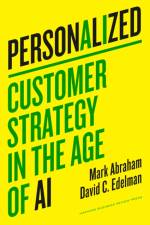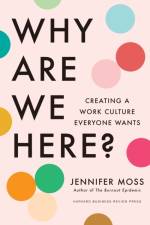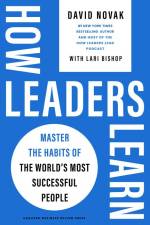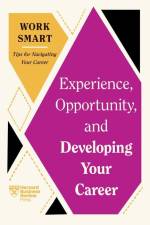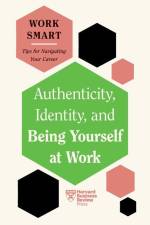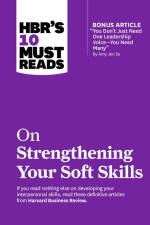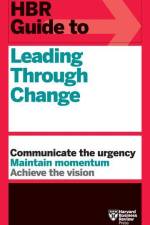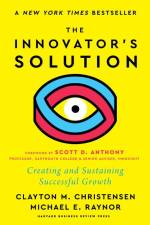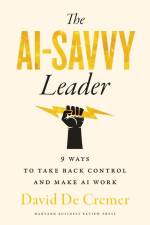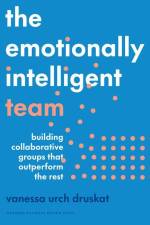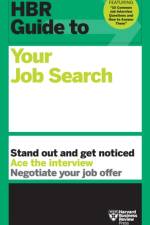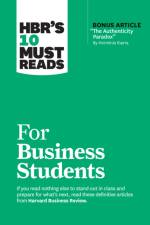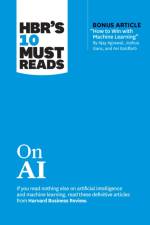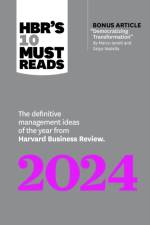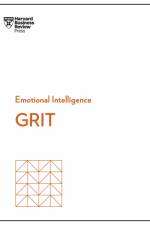av Cass R. Sunstein
334
"Consider the most famous music group in history. What would the world be like if the Beatles never existed? This was the question posed by the playful, thought-provoking 2019 film Yesterday, in which a young, completely unknown singer starts performing Beatles hits to a world that has never heard them. Would the Fab Four's songs be as phenomenally popular as they are in our own Beatle-infused world? The movie asserts that they would, but is that true? Was the success of the Beatles essentially inevitable due to their amazing, matchless talent? Maybe. It's hard to imagine our world without its stars and celebrity geniuses-they become a part of our culture and history, seeming permanent and preordained. But as Harvard law professor (and passionate Beatles fan) Cass Sunstein shows in this startling book, that is far from the case. Focusing on both famous and forgotten (or simply overlooked) artists and luminaries in music, literature, business, science, politics, and other fields, he explores why some individuals become famous and others don't and offers a new understanding of the role of greatness, luck, and contingency in the achievement of fame. First, Sunstein examines recent research-on informational cascades, power laws, network effects, and group polarization-to probe the question of how people become famous. He explores what ends up in the history books, in the great religious texts, and in the literary canon-and how that changes radically over time. He delves into the rich and entertaining stories of a diverse cast of famous characters, from John Keats, William Blake, and Jane Austen to Bob Dylan, Ayn Rand, and Stan Lee-as well as John, Paul, George, and Ringo. How to Become Famous takes you on a fun, captivating, and at times profound journey that will forever change your perspective on the latest celebrity's "fifteen minutes," the nature of memory, success and failure in business, and our enduring fascination with fame"--



